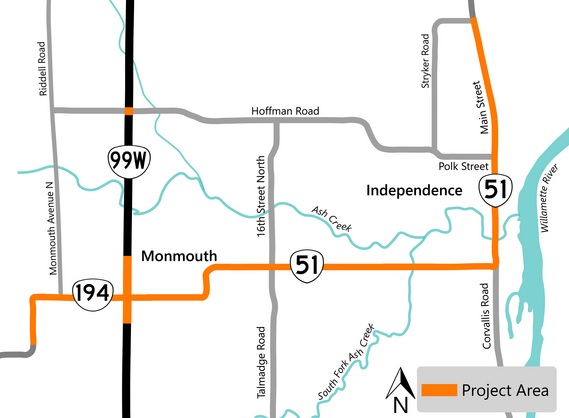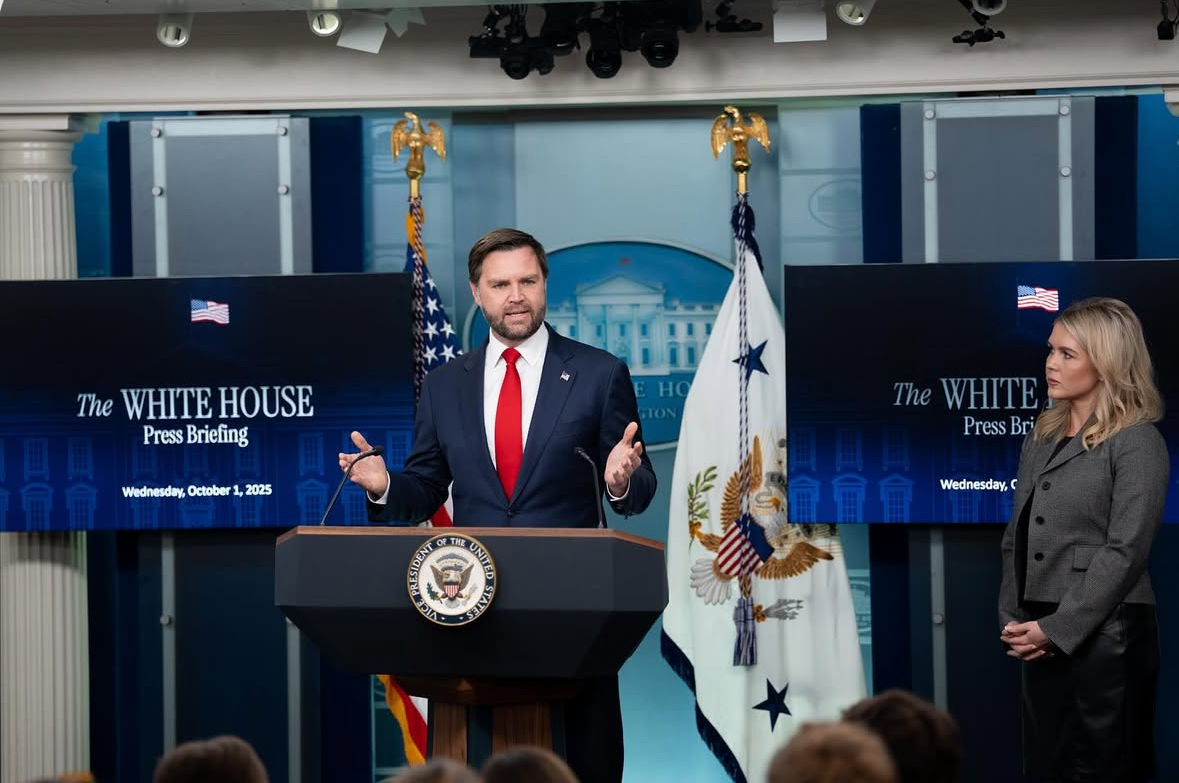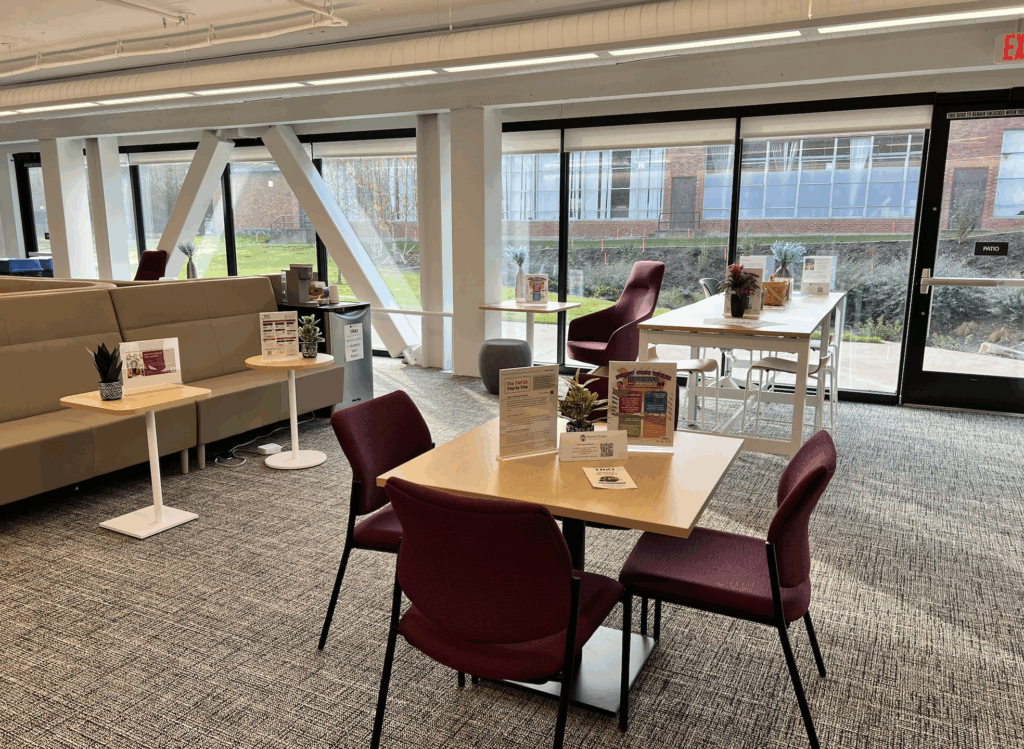29 de octubre del 2025 | Hannah Field | Jefa de Editacion
El 1 de octubre, el gobierno de Estados Unidos suspendió sus operaciones e inició un cierre administrativo, luego de que el Congreso no aprobara los proyectos de ley necesarios para financiarlas. Republicanos y demócratas no lograron ponerse de acuerdo sobre cómo se utilizarían los fondos en todo el gobierno, lo que provocó el cierre, limitó las operaciones gubernamentales en todo el país y puso en riesgo ciertos beneficios para millones de estadounidenses.
En general, los estudiantes no se ven afectados por el cierre. Los estudiantes de Western pueden seguir asistiendo a clases y participando en sus actividades habituales, pero podrían darse algunos casos en los que algunos estudiantes se vean afectados. Se prevé que miles de residentes de Oregón perderán sus beneficios del Programa de Asistencia Nutricional Suplementaria, conocido como SNAP, después del 31 de octubre debido a la falta de financiación. Si bien la mayoría de los beneficiarios no son estudiantes universitarios, los estudiantes que reciben cupones de alimentos perderán este acceso, al igual que aproximadamente 41 millones de estadounidenses.
Se anima a los estudiantes de Western que hayan visto comprometida su ayuda alimentaria debido al cierre del gobierno a que se pongan en contacto con los recursos disponibles en el campus, como Abby’s House y el Banco de Alimentos, para evitar una mayor inseguridad alimentaria. Se prevé que los bancos de alimentos se utilicen en gran medida
después del 1 de noviembre, lo que significa que los recursos podrían ser limitados en todo el país.
Otra forma en que los estudiantes podrían verse afectados es a través de los viajes. La demanda de controladores aéreos ha sido alta desde mucho antes del cierre del gobierno, pero ahora muchos no están yendo a trabajar, a pesar de ser considerados trabajadores esenciales — quienes, según se espera, trabajarán sin paga durante los cierres gubernamentales. Debido a la falta de personal, muchos vuelos están sufriendo cancelaciones o retrasos, principalmente en los principales aeropuertos de Estados Unidos, como Newark, Phoenix, Nashville, Dallas, Denver, Las Vegas y Burbank, y probablemente en más a medida que avance el cierre. Las filas de seguridad en los controles de los aeropuertos también podrían ser más largas de lo normal.
Afortunadamente para los estudiantes, la financiación para la FAFSA, los préstamos estudiantiles y las becas Pell no se han suspendido. Las subvenciones federales otorgadas a las instituciones educativas continuarán, pero las nuevas podrían sufrir retrasos. Los estudiantes de todo el país podrían perder sus empleos de trabajo y estudio dependiendo de la financiación.
Si bien aún hay mucha incertidumbre respecto a la financiación del gobierno, una cosa es segura: cuanto más se prolongue el cierre, mayores serán sus repercusiones. Millones de estadounidenses que reciben SNAP seguirán sin recibir sus beneficios, los trabajadores esenciales continuarán trabajando gratuitamente y los viajeros se enfrentarán a más obstáculos.
Contacta al autor en howleditorinchief@mail.wou.edu






